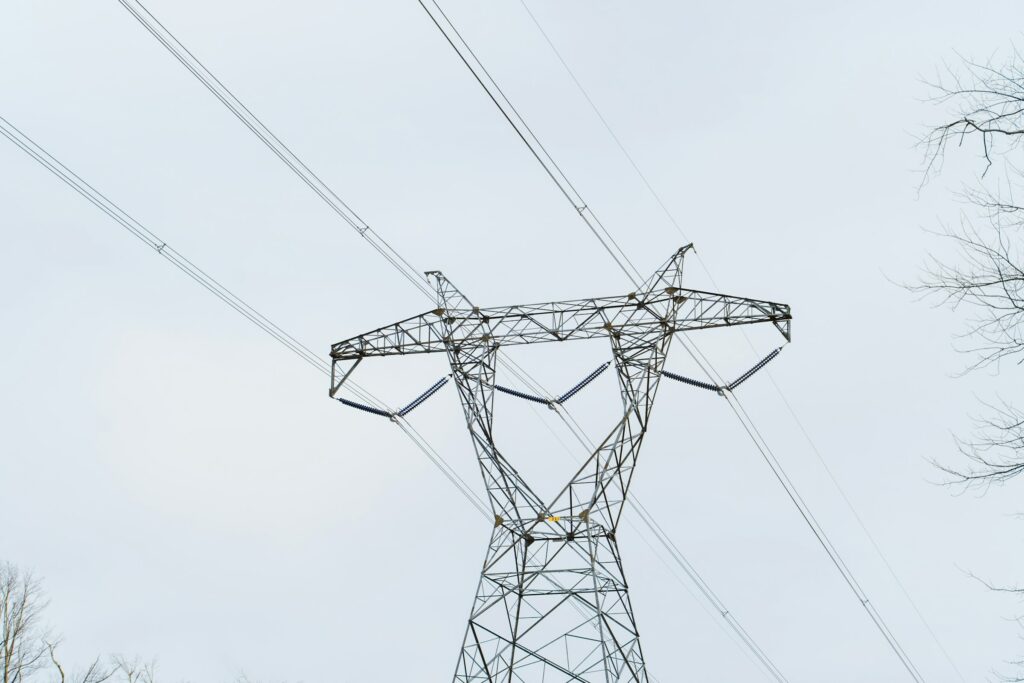101 years ago, the Health and Safety at Work Act was brought into force in the UK, fundamentally redefining how we approach workplace safety. One critical area of this law was addressing the dangers of electricity, which is as relevant today as it was back then. In this ultimate guide to electrical safety in the workplace, we explore this topic in depth to offer guidance and insights on maintaining electrical safety.

The Landscape of Electrical Safety in the Workplace
Electricity is a potent and dangerous force, one that is indispensable in the modern workplace. Its misuse can result in accidents, injuries, and even fatalities. The Health and Safety Executive (HSE) reported that 25 workers died due to contact with electricity or electrical discharges in 2019/20. Each accident attests to the urgent need for thorough electrical safety knowledge among both employers and employees.
Unraveling Workplace Electrical Hazards
Electrical hazards in the workplace often relate to faulty or poorly maintained equipment. These hazards range from damaged power tools to exposed wiring, and can pose significant risks, including electrical shocks, burns, and fires.
Therefore, understanding these potential hazards is the first step towards preventing them. An integral part of this process is having a comprehensive risk assessment plan in place that helps identify and moderate these risks.
The Roles and Responsibilities: Employers and Employees
It’s critical to delineate employers’ and employees’ roles and responsibilities in ensuring electrical safety. Employers should provide their employees with safe work systems and the necessary equipment. They should also ensure that all electrical appliances meet the required safety standards.
On the other hand, employees should use the electrical equipment correctly, report defects promptly, and participate in safety training and company safety initiatives.
Comprehensive Guide to Preventing Electrical Hazards
Preventing electrical hazards involves a systematic approach. Regular inspections, equipment maintenance, training, and the use of appropriate protective clothing can prevent most electrical accidents.
For instance, machinery should be regularly checked for defects such as exposed wiring. Additionally, employees should be trained to identify potential hazards and to respond effectively in case of an electrical accident.
The Crucial Need for Regular Workplace Inspections and Training
Continuous inspections and electrical safety awareness training can significantly reduce electrical risk. Training should focus on recognising and controlling electrical hazards to allow preventative action. These programs should be refresher courses at regular intervals to keep the information fresh in employees’ minds and up to date with any new dangers or control strategies.
Legal Consequences of Ignoring Electrical Safety
Ignoring electrical safety can lead to hefty fines and prosecution. Failure to comply with safety regulations is a criminal offence that has potential prison sentences for key decision-makers within a business if negligence is proven.
Therefore, focusing on safety isn’t just a moral duty – it’s a legal obligation that can have severe consequences if disregarded.
Guidelines in Action: Real-World Examples
Best practice often comes from learning from the past. Several instances show that adherence to electrical safety guidelines drastically reduces workplace accidents.
For example, a manufacturing business in the East Midlands significantly decreased electrical-related incidents by promoting a robust safety culture. By stepping up inspections, fixing hazards promptly, and providing regular training, they not only reduced accidents but also increased overall productivity by creating a safer, more confident workforce.
Frequently Asked Questions:
What is the employer’s responsibility regarding workplace electrical safety?
Employers play a crucial role in ensuring electrical safety in the workplace. They are responsible for providing a safe working environment, including safe work systems and necessary safety equipment. Furthermore, they must ensure that all electrical appliances meet the required safety standards, conduct regular electric equipment inspections, and schedule regular safety training for their employees.
Why are regular inspections and training essential for maintaining electrical safety in the workplace?
Regular inspections can detect any potential risks or hazards in a timely manner, allowing for reparative actions before an accident occurs.
On the other hand, safety training empowers employees to identify these hazards and take preventative measures. Keeping the training as a recurring event ensures that all employees are up-to-date and the information stays fresh in their minds.
The Bottom Line:
In conclusion, electrical safety in the workplace is an ongoing journey. With concerted effort, education and commitment, we can ensure our workplaces are safe, productive and compliant with all necessary regulations.









